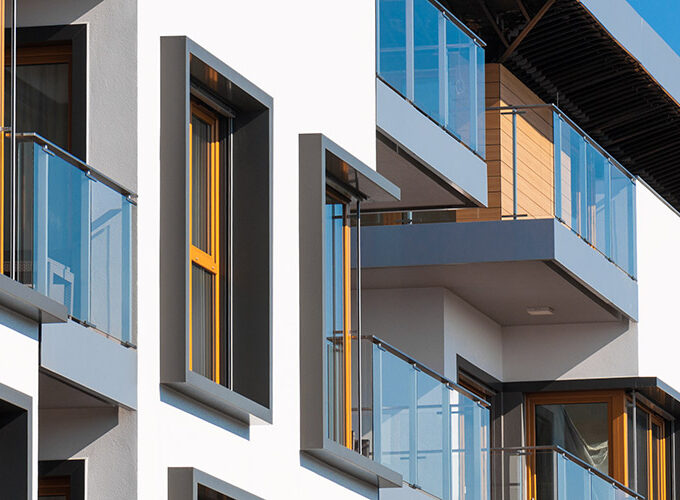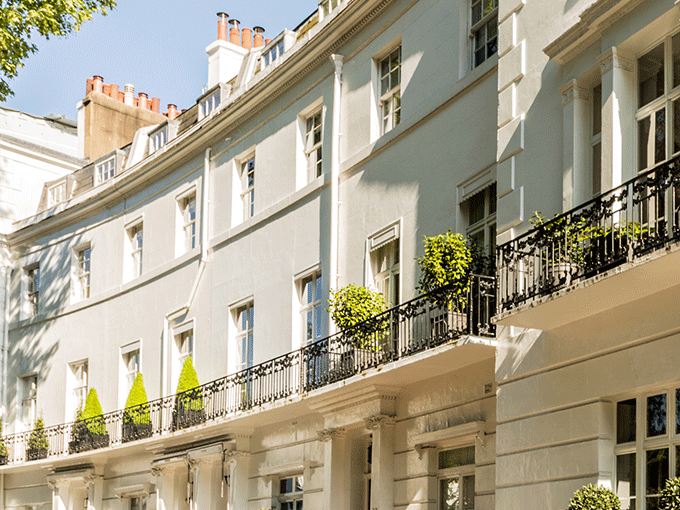Capital allowances are a tax relief for the cost of capital assets bought for use in a business.
Why are capital allowances important?
In general, the depreciation of assets included as an expense in a business’s accounts cannot be used to reduce the business’s profits for tax purposes. This is because it’s a capital rather than revenue expense. Instead, tax relief is given through capital allowances as a deduction against taxable profits.
Who can claim capital allowances?
Capital allowances are available to companies, partnerships and individuals if their trading profits are chargeable to UK corporation or income tax.
For partnerships and individuals using the cash basis to prepare their accounts (instead of the traditional accruals basis), they usually only need to claim capital allowances on cars as the cost of most capital equipment can be treated as an expense for tax purposes.
What capital allowances can I claim?
The capital allowances available and the rates of those allowances have changed several times in recent years and some allowances are only available to some types of business. The main capital allowances currently available are summarised below.
Full expensing and 50% first year allowances
Companies chargeable to UK corporation tax only that buy new and unused (ie not second-hand) plant and machinery can claim a first-year allowance in the year the asset is bought of:
- 100% of the cost of ‘main rate’ plant and machinery (such as office furniture, computer equipment, company commercial vehicles etc) but not cars (known as ‘full expensing’), and
- 50% of the cost of ‘special rate’ assets (such as fixtures that form part of a building, like air conditioning systems, electrical systems and heating systems, and long-life assets) but again not cars. Special rate writing down allowances (see below) can be claimed on the remaining 50% of the cost at 6% a year on a reducing balance basis.
There’s no limit on the amount of expenditure that can qualify for these allowances. Where an asset on which full expensing or a 50% first year allowance has been claimed is disposed of, the disposal value is immediately taxable and therefore allowances can be clawed back earlier.
Full expensing and 50% first year allowances don’t apply to most assets held for leasing.
The government committed in the Autumn Budget 2024 to maintain full expensing and the 50% first year allowance for this Parliament and will explore extending the allowances to assets held for leasing “when fiscal conditions allow”.
100% first year allowances
First year allowances of 100% can be claimed on certain new and unused assets, including:
- Until 31 March 2025 for companies and 5 April 2025 for unincorporated businesses on zero-emission goods vehicles, and
- Until 31 March 2026 for companies and 5 April 2026 for unincorporated businesses on electric cars, cars with zero CO2 emissions and electric vehicle charging points.
Annual investment allowance
An annual investment allowance (AIA) is available for the first £1 million spent on plant and machinery, integral features and long-life assets but not cars each year. This provides a 100% first year allowance, meaning full tax relief is given in the year incurred.
A single AIA is shared between all companies in a group or under common control and can be allocated to different expenditure in whichever way maximises the overall tax benefit.
If a company has special rate expenditure not covered by the AIA, 50% first-year allowances can potentially be claimed on the excess.
The government committed in the Autumn Budget 2024 to maintain the £1 million AIA for this Parliament.
Main rate writing down allowances
Where the cost of main rate plant and machinery (including second hand electric cars and new or second hand cars with CO2 emissions of 50g/km or below) hasn’t been claimed under full expensing, first year allowances or AIA, the cost of these assets is added to a ‘main pool’ and a writing down allowance (WDA) of 18% of the remaining pool balance is given per year, on a reducing balance basis.
Separate pools are needed for short life assets and assets which are used for non-business purposes.
Special rate writing down allowances
Where the cost of special rate assets (including new or second-hand cars with CO2 emissions of more than 50g/km) hasn’t been claimed under full expensing, first year allowances or AIA, the cost is added to a ‘special rate’ pool, and attracts a 6% per year WDA, again on a reducing balance basis.
Structures and buildings allowance
The structures and buildings allowance (SBA) is available for capital expenditure on the construction or purchase of a non-residential structure or building.
The relief is provided at 3% of the qualifying expenditure per year, on a straight-line basis.
Selling a property will not give rise to a balancing allowance or charge for the seller. However, the SBAs already claimed will be added to the disposal proceeds and so may increase the tax charged on sale. The purchaser will be entitled to claim the remaining SBAs available, assuming the relevant conditions are met.
Capital allowances on second-hand property purchases
When buying a second-hand commercial building with fixtures on which capital allowances have or could have been claimed by the seller, for capital allowances to be available on those fixtures to the purchaser:
- The seller must pool the expenditure on the fixtures before the sale, and
- The value of the fixtures must be fixed, usually by the seller and buyer making a joint section 198 election within two years of the purchase.
Failure to meet these conditions can result in the purchaser not being able to claim any capital allowances on the fixtures, and potentially the seller having previously claimed capital allowances clawed back.
From a practical perspective, buyers and sellers will often agree to the pooling of expenditure and the fixing of value (eg via a section 198 election) requirements as part of the disposal process with agreed actions set out in the legal documentation for the sale and purchase of the property.
How we can help
If you’re considering investing in new capital assets for your business we can help make sure you make the most of the capital allowances available to you. We can also check previous claims and assist you with your record keeping, claiming and reporting obligations.
To find out more about capital allowances and how we can help you maximise your claims, please speak to your usual Saffery contact, or get in touch with Sean Watts.
Useful Resources:
Contact us
Partner, Bristol
Key experience









